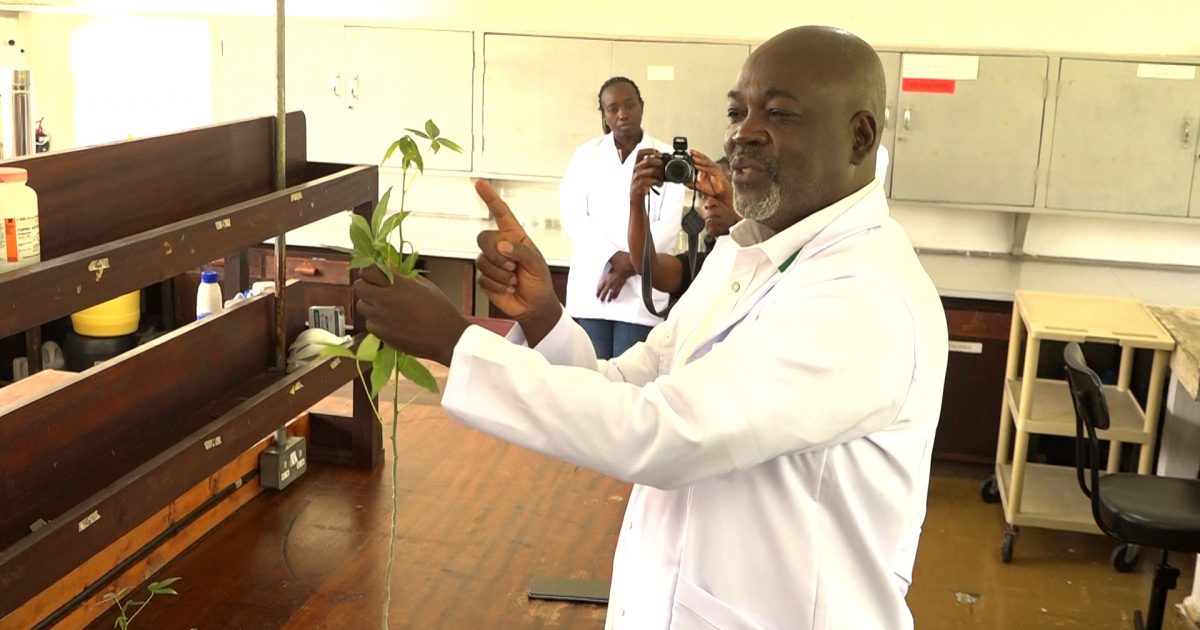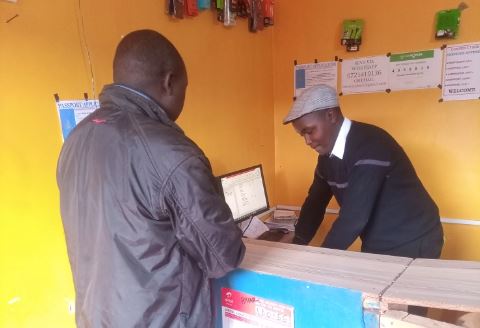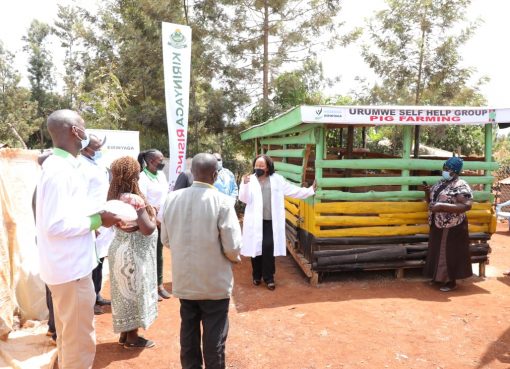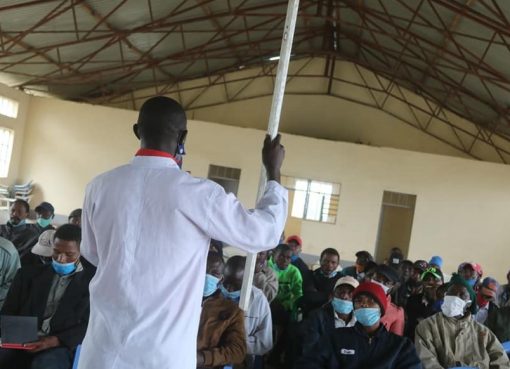Researchers at the Kenya Agricultural and Livestock Research Organization (KALRO) have developed high-yielding, drought and disease-resistant cassava varieties using the Semi-Autotrophic Hydroponics (SAH) technology to encourage alternative food crops in the face of reduced maize production.
The varieties, KALRO said, will be able to withstand cassava brown streak and cassava mosaic diseases that have seen farmers’ yields reduced to zero percent.
Dr Godwin Macharia who is in charge of Food Crops and Research at the KALRO Njoro station, said the case for the uptake of the new varieties had been made attractive by the halving of the maturity period from 24 months to a year.
He, however, urged farmers to only use seeds certified by the research organization.
“KALRO provides clean planting materials to farmers. That’s why we are encouraging farmers to get certified seeds from our institutions to reduce the chances of the diseases being spread,” he said.
The SAH involves the use of modified soil which holds plant roots in planting pots with little water. Usually, the trays are filled with a little amount of water, and the soil transports the moisture up to the plant roots, yet the top of the soil remains relatively dry.
The roots are encouraged to grow down, and the dry soil on top discourages damp-off and other diseases caused by excess moisture. Dr Macharia said the beauty of the technology was its rapid multiplication ratio.
“Usually when breeders develop new cassava varieties, the challenge is how to multiply and disseminate to farmers. Hence cassava is a clonal crop and multiplication is done using stems, this process takes several years,’’ he said.
Dr Macharia said this explains in part why it takes long for new improved varieties to be disseminated in large scale to farmers.
“With this technology, these constraints will be addressed and it will be easier for farmers to have easy access to new varieties once we develop them,” he added.
Joseph Odhiambo, a research technologist at KALRO indicated that besides addressing the constraints of slow and low multiplication ratio in cassava seed systems, the SAH technology also produces clean planting materials that are disease-free.
The cost of production of the plants is cheaper using SAH when compared to tissue culture, Mr Odhiambo added.
It is expected that the technology will have a significant impact on the ability of early generation seed businesses to quickly bring suitable varieties within reach of farmers.
Cassava is a staple food for communities living in Busia, Siaya, and lower South Nyanza and can be grown by an average farmer since it does not require a lot of input.
Mr Odhiambo however stated that the new technology is yielding planting material that can flourish in non-cassava traditional areas such as Nakuru.
He advised farmers to consume cassava that is boiled or processed, adding that raw cassava is high in cyanide, which is harmful to their health.
“Don’t buy cassava roots in the market and chew them. Avoid eating raw cassava because it has high cyanide levels, which is poisonous,” Odhiambo said.
He added that cassava should be harvested as soon as it matures adding that when it overstays in the farm, high quantities of cyanide develop.
The scientist said cassava leaves if dried can be fed to livestock and eaten as vegetables if cooked properly.
“Cassava can be dried and processed into flour, which can be used for cooking ugali, making crisps, cakes and production of pharmaceutical beauty products among others,” he said.
The experts called on farmers to embrace cassava production as an alternative crop to fight food insecurity and for commercial purposes instead of relying on sugarcane, tea and maize production.
Mr Odhiambo also called for increased uptake of cassava as it is rich in starch and farmers can bank on it since it can be harvested all the year.
Grown by more than 500 million people in Africa, Asia, and Latin America, cassava is an important crop for both food security and wealth creation.
The root crop is a source of commercial animal feed, fibre for paper and textile manufacturers, and starch for food and pharmaceutical industries.
According to KALRO, most farmers lack improved cassava varieties resistant to the main cassava diseases; Cassava Brown Streak Disease (CBSD) and Cassava Mosaic Disease (CMD).
The diseases have affected cassava productivity, threatening the income and food security in the country.
“There are two main diseases that attack cassava in Kenya and the region, CMD and CBSD. The latter poses a serious threat because once cassava is infected with CBSD, root tubers spoil, leaving almost nothing to be consumed by farmers,” said Mr Odhiambo.
He added, “The project introduced both elite clones and biological seed that have directly and positively impacted the genetic diversity for CBSD/CMD dual resistance now and future breeding efforts in Kenya.
Several CBSD/CMD resistant and high-yielding varieties that carry good consumer preference and other end-use traits have been identified for Kenya.
In most areas of Sub-Saharan Africa cassava planting materials are produced through clonal multiplication, which involves cutting stems and planting these directly in the field.
This process is however limiting the speed at which new improved varieties can be released to a large number of farmers because it takes multiple years before sufficient volumes of planting materials can be produced.
Mr Odhiambo explained that obtaining good quality cassava planting material through traditional clonal multiplication is hard because the technique is prone to contamination with pests and diseases.
The SAH technique is carried out in a laboratory and screen house, and involves placing modified soil, plant roots and little water in trays; which allows moisture to be transported while keeping the top of soil relatively dry.
By Anne Mwale and Dennis Rasto





